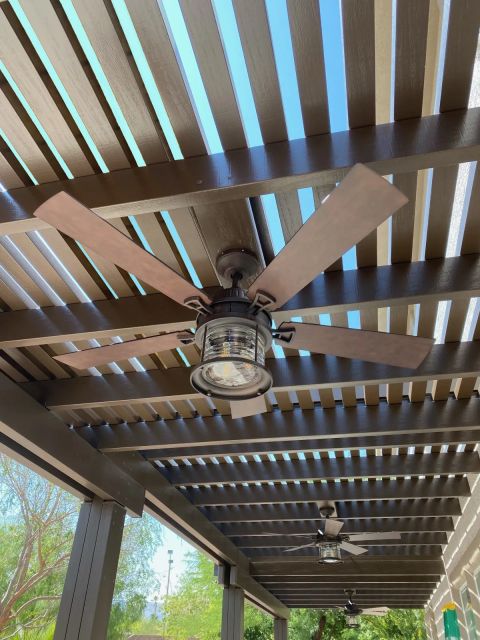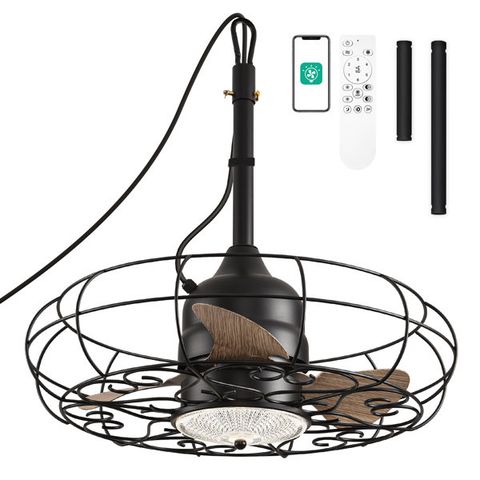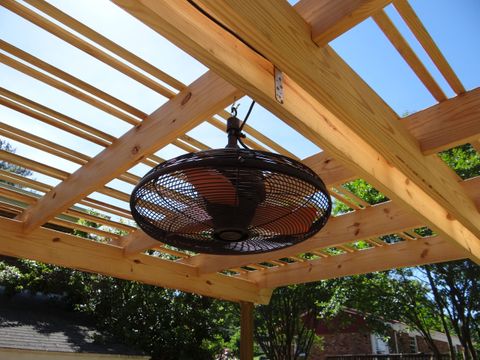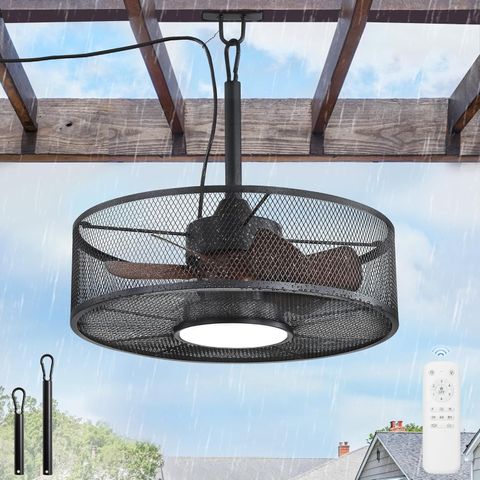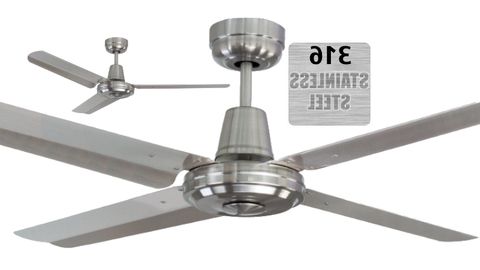Picture this: a warm summer evening, gentle breeze flowing through your pergola, and the perfect amount of airflow keeping you cool. Now imagine that breeze amplified by a thoughtfully chosen outdoor ceiling fan. It’s not just about staying comfortable – it’s about creating an outdoor living space that feels both inviting and sophisticated. The right fan can transform your pergola from a simple structure into a true outdoor oasis.
When you think about outdoor living spaces, pergolas often come to mind as the perfect architectural element that bridges indoor and outdoor comfort. These beautiful structures, with their elegant wooden beams and open design, create magical outdoor areas that feel like extensions of your home. But there’s something special about how these spaces can become even more enjoyable with the right outdoor ceiling fans. The challenge lies in finding options that don’t just provide air circulation, but actually enhance the existing architecture. This isn’t just about functionality – it’s about creating harmony between technology and design. What if I told you that choosing the right outdoor fan could make your pergola feel like a premium resort? That’s exactly what we’ll explore today.
Understanding Pergola Architecture and Fan Compatibility
Pergolas are more than just decorative structures – they’re architectural statements that define outdoor spaces. Their distinctive beam patterns and open framework create unique challenges for outdoor fan installation. The key is understanding how different pergola styles interact with various fan designs.
Traditional timber pergolas offer a rustic charm that can be enhanced by fans with natural materials or earth-toned finishes. The beams themselves can either support or complicate fan placement. For example, a pergola with wide beams might require a larger fan to ensure adequate coverage, while a more delicate beam structure may call for a sleeker, lighter option.
Modern steel or aluminum pergolas present different considerations. These structures often have clean lines that work well with contemporary fan designs. The material choice becomes crucial here – you want fans that won’t clash with the industrial aesthetic of metal pergolas. Consider how the fan blades will interact with the structural elements above. Will they provide enough clearance? Do they complement or compete with the existing design?
The spacing between beams matters enormously. A fan positioned too close to a beam might create awkward airflow patterns, while one placed too far apart might leave some areas feeling stuffy. Think about how the fan will distribute air throughout the entire pergola area. A properly sized fan should cover roughly 75-100 square feet per blade span. If your pergola measures 15 feet by 20 feet, you’ll want a fan that can handle that space effectively.
Material Selection for Weather Resistance
Outdoor fans face a harsher environment than their indoor counterparts. They must withstand rain, humidity, sun exposure, and temperature fluctuations. This means material selection becomes critical for longevity and performance.
Aluminum is perhaps the most popular choice for outdoor pergola fans. It’s lightweight, rust-resistant, and holds up well against weather extremes. Many aluminum fans feature powder-coated finishes that resist fading and chipping. The material also allows for intricate designs that can complement various pergola aesthetics.
Stainless steel offers exceptional durability, particularly in coastal environments where salt exposure is a concern. While more expensive, stainless steel fans maintain their appearance and function for decades. They’re especially good for pergolas that receive heavy foot traffic or are located in high-wind areas.
Copper and bronze options provide a classic, timeless look that many homeowners find appealing. These materials develop a natural patina over time, which can actually enhance the character of older pergola designs. However, they do require more maintenance and are typically more costly.
Wooden fan blades are less common for outdoor use due to weather concerns, but some manufacturers offer treated wood options that can work well in certain climates. The key is ensuring the wood is properly sealed and maintained.
Don’t overlook the importance of motor housing materials. The internal components need protection from moisture and corrosion. Look for fans with waterproof or water-resistant motors rated for outdoor use. The National Electrical Manufacturers Association (NEMA) rating system provides useful guidance – NEMA 3R or higher indicates suitable protection for outdoor conditions.
Size and Coverage Considerations
Getting the size right is crucial when selecting an outdoor ceiling fan for pergola use. Unlike indoor fans, pergola installations often involve irregular spaces and varying ceiling heights.
Fan diameter directly impacts airflow effectiveness. For pergola spaces, consider fans ranging from 42 inches to 60 inches in diameter. Smaller fans work well for intimate seating areas under pergola beams, while larger models can handle bigger open spaces.
The height of your pergola ceiling plays a significant role in fan selection. Most outdoor fans should hang 9-12 inches below the lowest beam or ceiling point. If your pergola has very high ceilings, you might need a fan with extended downrods to achieve proper positioning.
Coverage area is another important factor. As mentioned earlier, a general rule is 75-100 square feet per fan blade span. However, pergola spaces often have obstacles like beams, columns, or furniture that can affect airflow distribution. You might need multiple fans to adequately cover a large pergola area.
Consider the shape of your pergola space. Rectangular areas might benefit from a single central fan, while irregularly shaped pergaolas could require strategic placement of multiple units. Some pergolas have natural focal points – perhaps a dining table or fire pit – that could serve as ideal locations for fan placement.
Another factor is the pergola’s openness. Fully enclosed pergolas allow for better air circulation patterns, while partially covered structures might need fans with stronger blade angles to push air effectively through the open sections.
Design Elements That Complement Pergola Aesthetics
The visual impact of an outdoor fan cannot be overstated when it comes to pergola spaces. A well-chosen fan becomes part of the overall design rather than an afterthought. This is where the artistry of outdoor fan selection really shines.
Color coordination is fundamental. Neutral tones like black, white, or natural wood finishes tend to blend seamlessly with most pergola styles. However, bold colors can also work if they complement the existing color palette of the structure and surrounding landscape.
Blade design matters enormously. Curved blades create a softer, more organic flow that works well with traditional pergolas. Straight or angular blades provide a more modern, clean look that pairs nicely with contemporary pergola designs. Some fans feature reversible blade options, allowing you to change the aesthetic based on seasonal preferences or personal mood.
Finishing touches can make all the difference. Brushed nickel hardware, matte black accents, or natural wood grain finishes can tie a fan into the overall pergola theme. Some fans even offer customizable options where you can choose specific finish combinations.
Lighting integration represents a growing trend in pergola fan design. Many modern outdoor fans include integrated LED lighting that can illuminate the pergola space during evening hours. This creates additional ambiance while serving a functional purpose. The lighting should complement rather than compete with the pergola’s existing features.
Consider the fan’s silhouette against the pergola beams. A fan that sits prominently against a wooden beam might create an interesting contrast, while one that blends more subtly with the structure can create a seamless look. Sometimes, the best approach is to choose a fan that makes the pergola look more intentional and thoughtfully designed.
Installation Challenges and Solutions
Installing an outdoor ceiling fan in a pergola setting presents unique challenges that aren’t typically encountered with standard indoor installations. The complexity increases when you factor in the structural elements of the pergola itself.
Structural support is paramount. Not all pergola structures can support the weight and movement of a ceiling fan. Before purchasing, verify that your pergola beams can handle the load. Most outdoor fans weigh between 15-30 pounds, plus additional weight from mounting hardware. Consult with a professional if you’re unsure about structural capacity.
Mounting hardware compatibility becomes crucial. Pergola beams vary in size, shape, and material. Some may require special brackets or adapters to properly secure a fan. Aluminum or steel beams might need different fasteners than wooden beams. The mounting system should be robust enough to handle wind loads and fan movement.
Electrical considerations are essential. Most pergola installations require hardwiring, but some may benefit from battery-powered or solar options. Ensure you have access to electrical power within reasonable distance of the installation site. If wiring isn’t readily available, consider hiring a licensed electrician.
Height variations pose another challenge. Pergola beams don’t always align perfectly, creating uneven mounting opportunities. Adjustable downrods can help address these issues, but you’ll want to ensure they’re compatible with your fan model and pergola structure.
Weatherproofing is non-negotiable. All connections must be sealed properly to prevent water infiltration. This includes the mounting points, electrical connections, and any exposed hardware. Some pergola installations might benefit from additional protective measures like canopy covers or weatherproof enclosures around electrical components.
Maintenance and Longevity Tips
Proper care ensures your outdoor ceiling fan continues to perform beautifully for years to come. The pergola environment subjects fans to more stress than typical indoor installations, making maintenance even more important.
Regular cleaning prevents dust and debris buildup that can affect performance. Remove fan blades monthly using a soft cloth or brush. For more thorough cleaning, remove blades carefully and wash them with mild soap and water. Pay special attention to the motor housing and any electrical components.
Seasonal maintenance is essential. Before summer arrives, check all fasteners and tighten as needed. During winter months, if you live in an area with freezing temperatures, consider removing the fan or covering it to protect against ice damage.
Inspect for wear regularly. Check blade attachment points, motor operation, and electrical connections. Look for signs of corrosion, loose components, or unusual noises during operation. Early detection prevents more serious problems.
Lubrication requirements vary by manufacturer, but most outdoor fans benefit from periodic lubrication of moving parts. Follow the manufacturer’s recommendations for maintenance schedules.
Consider the pergola’s microclimate when planning maintenance. If your pergola receives heavy rainfall, ensure drainage around the mounting point is adequate to prevent water pooling. Areas with high humidity might require more frequent inspection of electrical components.
Professional servicing every few years can extend fan life significantly. A qualified technician can assess motor health, check electrical systems, and perform deep cleaning that’s difficult to accomplish yourself.
Choosing the right outdoor ceiling fan for your pergola is more than just a practical decision – it’s an investment in creating a truly enjoyable outdoor living experience. When you match the fan’s design, size, and functionality with your pergola’s unique characteristics, you’re not just adding a cooling solution. You’re enhancing the entire architectural vision of your outdoor space. The key is taking time to consider how each element interacts with the others. From material selection to installation challenges, every decision contributes to the final result. Remember that the best outdoor fans don’t just blow air – they blend seamlessly into the environment they’re meant to serve. Whether you’re designing a new pergola or upgrading an existing one, thoughtful fan selection can transform your outdoor space into a year-round destination. The goal isn’t just comfort, but creating an outdoor sanctuary that reflects your personal style while maintaining practical functionality. With careful consideration of all these factors, your pergola can become the highlight of your home, offering both beauty and practicality in equal measure.

